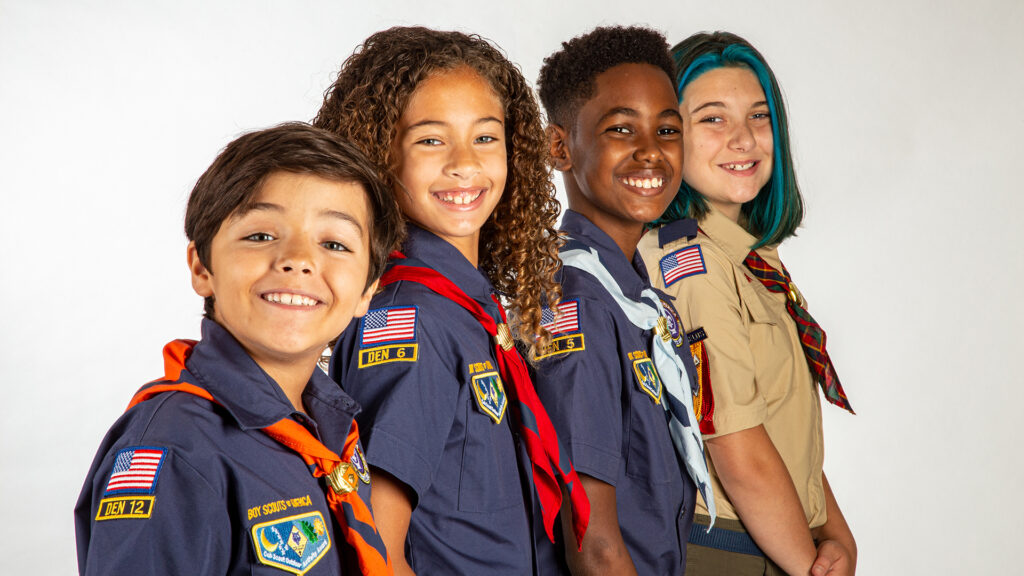
The Cub Scout Uniform: Distinguishing Between Class A and Class B
Every Cub Scout understands the significance of their uniform. It’s a badge of honor, a symbol of commitment, and a testament to the adventures they’ve embarked upon. As parents, guardians, or new leaders, distinguishing between the two types of uniforms – Class A and Class B – can be a touch perplexing. Let’s demystify these uniforms and learn their appropriate usages.
1. The Class A Uniform: The Formal Attire
The Class A uniform is the more formal attire of the two. It’s worn during ceremonial events, official pack meetings, and any other function where scouts represent their pack to the general public. Here’s what constitutes the Class A uniform:
Shirt: Available in short-sleeve and long-sleeve versions, the Cub Scout shirt is navy blue. However, as scouts transition to Webelos, the shirt changes to tan, reflecting their impending bridge to Boy Scouts.
Patches: The shirt will carry various patches, including the American flag, pack numerals, den number or patrol emblem, the World Scout Crest, rank patches, and more. Each patch has its specific location.
Pants/Shorts: Official switchback pants or shorts, navy blue for Cub Scouts and olive green for Webelos, complement the shirt.
Neckerchief and Slide: Specific to each rank, the neckerchief is an essential part of the Class A uniform and is tucked under the collar.
Cap: The hat changes with ranks, each having its design.
Belt: The navy-blue web belt showcases the scout’s earned belt loops.
Detailed Information about patch location can be found here.
2. The Class B Uniform: The Casual Gear
Class B, or the “Activity Uniform,” is more casual and is often worn during outdoor activities, camps, or any informal scouting event. It’s designed for comfort while still showcasing the scouting spirit.
Shirt: Typically, this is a t-shirt often with the pack’s custom logo or design. It’s more relaxed and suitable for physical activities.
Pants/Shorts: While there’s no strict guideline, comfortable shorts or trousers are recommended, especially those suited for the outdoors.
Cap: The official Cub Scout cap can still be worn, but it’s not mandatory.
3. When to Wear Which?
Class A: Think of this as the scout’s ‘Sunday Best’. It’s for blue and gold banquets, ceremonies, official pack meetings, and when representing the pack in public events.
Class B: This is for when things might get a little messy or physical. Campouts, service projects, hikes, or pack picnics are perfect occasions.
In conclusion, both the Class A and Class B uniforms have their place in a Cub Scout’s journey. They signify the balance between the honor and formality of scouting and its adventurous, hands-on spirit. As scouts don their uniforms, they wear their stories, achievements, and the legacy of scouting. Whether it’s the proud Class A or the rugged Class B, each uniform plays its part in shaping these young adventurers.